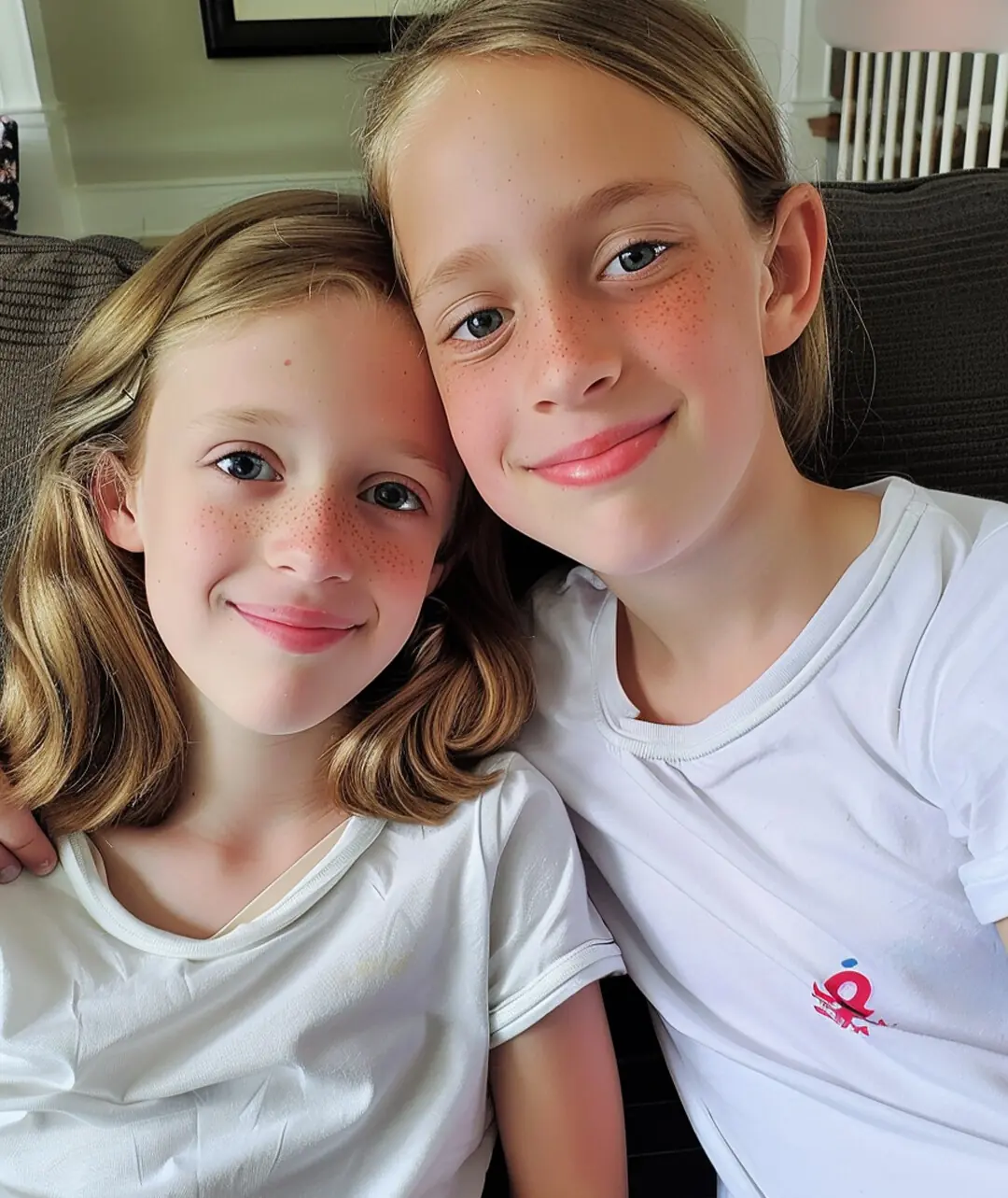
My MIL Moved in with Us — I Found Her Showing a Strange Sign In the Window Every Night
When Helen’s mother-in-law, Margaret, moved in to help take care of her five-year-old granddaughter, it seemed like a perfect arrangement. But late each night, Margaret’s bizarre hand movements in front of the living room window hinted at something more—a secret that would turn their lives upside down.
When Margaret offered to move in with us, I thought it would be the perfect solution. Our daughter Emma would get to spend more time with her grandmother, and I’d finally have the flexibility to return to work after five years of staying at home.
It seemed like a win for everyone.
Life hadn’t always been simple, but it had been filled with love. My husband, Nathan, worked long hours to support us, and although we weren’t rolling in money, we had always found ways to get by. Our daughter, Emma, brought joy into every corner of our home with her laughter, curiosity, and unrelenting energy.
Margaret, Nathan’s mother, had always been part of our circle of love and support. From the moment Nathan and I got married, she welcomed me with warmth and affection. She didn’t fit the mold of the intrusive mother-in-law you hear horror stories about—if anything, she became like a second mother to me.
She had gone through her share of sorrow, losing her husband six years ago, just a year after our wedding. The grief had been etched on her face, and though she tried to remain strong for Nathan, the sadness in her eyes never completely faded—until Emma came along.
Emma’s birth brought her back to life in a way I hadn’t thought possible. She moved in temporarily after Emma was born to help us adjust, and those early days are still some of my fondest memories. She was gentle, wise, and calm in the face of every challenge.
Now, five years later, with Emma starting school and our finances stretched, I decided it was time to return to work. When I mentioned it to Margaret over a cup of tea one afternoon, she surprised me with an offer.
“I could move in again,” she said, stirring her tea slowly. “I’d love to help with Emma, and it would be nice to have some company.”
It made perfect sense. I could focus on work knowing Emma was safe with someone she loved deeply. Nathan agreed immediately.
“It’s a great idea,” he said. “Mom’s happiest when she’s around Emma.”
And so, we made the arrangements. Margaret moved back in a week later, bringing a few boxes and her familiar smile.
But soon, I began to notice odd things. At first, they were easy to overlook—small quirks I chalked up to aging. But as time passed, those quirks became harder to ignore.
One evening, I found her in Emma’s room, hunched over the toy chest, her hands working quickly through the stuffed animals.
“Everything okay?” I asked from the doorway.
“Just tidying up,” she said without looking at me.
Her voice was steady, but the way she avoided my eyes put me on edge.
The next morning, Emma was distraught.
“Where’s Mr. Hops?” she cried, clutching her blanket.
Mr. Hops, her favorite stuffed rabbit, was nowhere to be found. I turned the house upside down looking for it—under the beds, inside the laundry, even in the car—but it had vanished.
Three days later, I was walking past Margaret’s room and spotted something on her dresser. It was Mr. Hops. I picked it up and brought it to her.
“I found this in your room,” I said, trying to keep my tone even.
“Oh, right,” she said with a casual smile. “I borrowed him to fix a tiny rip.”
I looked over the toy, turning it in my hands. “I don’t see any rip.”
“It was small. Hard to see,” she replied quickly.
Something about her tone didn’t sit right with me, but I let it go. Maybe she really had good intentions.
Then came the pictures. Margaret began taking countless photos of Emma—not just the usual candid snaps, but carefully staged portraits. She had Emma change into different outfits, some she hadn’t worn in years.
“Smile, darling,” Margaret would coo, snapping picture after picture.
One afternoon, I noticed her sending a photo to someone.
“Who are you sending that to?” I asked.
“An old friend,” she replied breezily.
“Who exactly?” I pressed.
“Oh, someone I reconnected with recently,” she said, not meeting my eyes.
The vagueness unsettled me. Why wouldn’t she just tell me?
But the most unnerving thing was what she did every night at exactly 9:00 p.m. She’d go to the living room window and make a strange hand gesture—something like the “hang loose” sign, moving it back and forth. At first, I thought she might be stretching, but the motion was too deliberate.
“What’s that you’re doing at the window every night?” I asked her once.
She laughed it off. “Just stretching my fingers—they get stiff sometimes.”
But it didn’t look like stretching. It looked like a signal.
I told Nathan about it. He dismissed it.
“You’re reading too much into things,” he said. “You know how quirky Mom is.”
Still, I couldn’t shake the feeling that something was going on. Who was she signaling to? Who was receiving all those pictures of Emma?
Then one night, something changed. She didn’t go to the window at 9:00.
I felt a strange relief—maybe the strange ritual was over.
But on my way to bed, I passed Emma’s room and heard Margaret inside, reading a story.
“Now it’s time for that surprise I told you about,” Margaret whispered. “Let’s get dressed. And remember, Mommy doesn’t need to know.”
I froze.
Cracking the door open just slightly, I watched as Margaret gently helped Emma into her coat.
I couldn’t believe what I was seeing.
I ran down the stairs and caught up to them just as they stepped into the backyard.
“Margaret! What are you doing?” I shouted.
She turned, startled. Emma held her hand tightly.
Before I could say more, I saw him—a man standing just beyond the porch light. Older, maybe in his sixties. Silent. Still.
“Who is that?” I asked sharply.
Nathan came running out behind me, his face pale with concern.
“This… this is Leonard,” Margaret said, her voice trembling. “He’s my partner.”
Nathan and I stared at her in disbelief.
“Your what?” Nathan asked.
“My partner. My boyfriend,” she said, voice cracking. “We’ve been seeing each other for almost a year. I didn’t tell you because I was afraid of what you’d think.”
She turned to me. “Leonard is deaf. He doesn’t speak. We use sign language to communicate. The sign you saw in the window—it means ‘tomorrow.’ I was telling him when it was safe to come by.”
I blinked, stunned. “Safe to come by for what?”
“To finally meet you and Emma,” she said. “He’s been wanting to, for months. Clara overheard me on the phone once, and she asked about him. Tonight, she wanted to meet him too. I thought… I thought it’d be okay if it was just for a moment.”
Leonard stepped forward, his hands moving in a series of gestures. Margaret translated.
“He says he’s sorry. He never wanted to scare anyone. He just wanted to meet the people I love.”
Then she looked at me. “That’s why I borrowed Mr. Hops. Leonard’s been sewing a special bunny for Emma—to match him. He needed a reference. The pictures? He’s been making little clothes for the new bunny to match hers.”
All the pieces clicked into place—the missing toy, the endless photos, the secretive signals.
“You could have just told us,” Nathan said quietly.
“I know,” Margaret said, tears streaking her face. “I was just so afraid.”
I crouched down to Emma. “You scared me, sweetheart,” I whispered. “No more secrets like this, okay?”
She nodded, wrapping her arms around my neck. “Okay, Mommy.”
That night changed everything. But it also taught us something profound—sometimes secrets come from a place of love, not deceit. And sometimes, the people we think we know best still have parts of their hearts waiting to be discovered.
News in the same category


My Little Son Accidentally Uncovered My Husband's Double Life—If Only I Had Known Who He Really Was
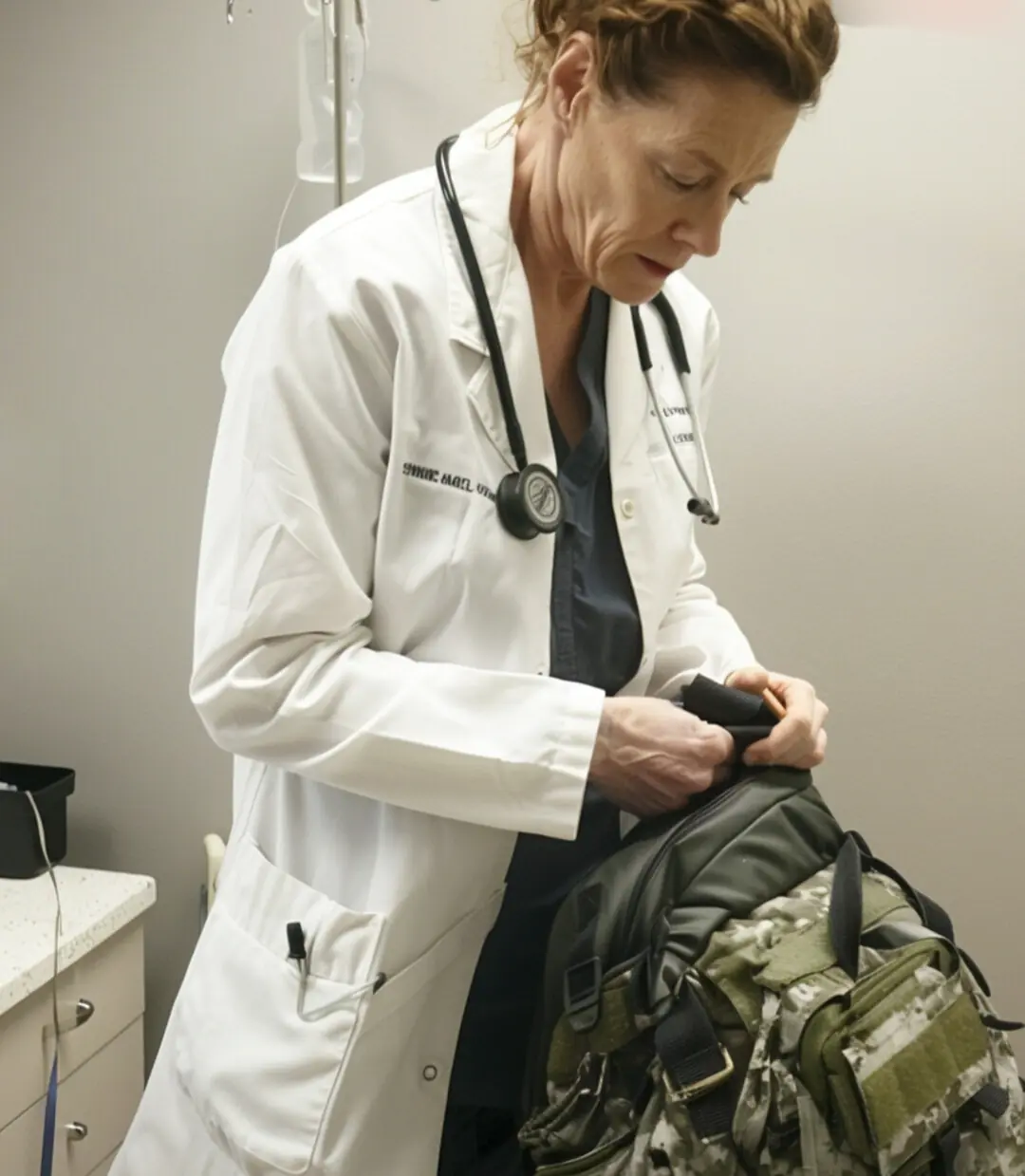
A Military Man with Burns and Amnesia Arrived at Our Hospital—When We Called His Wife, Everything Changed
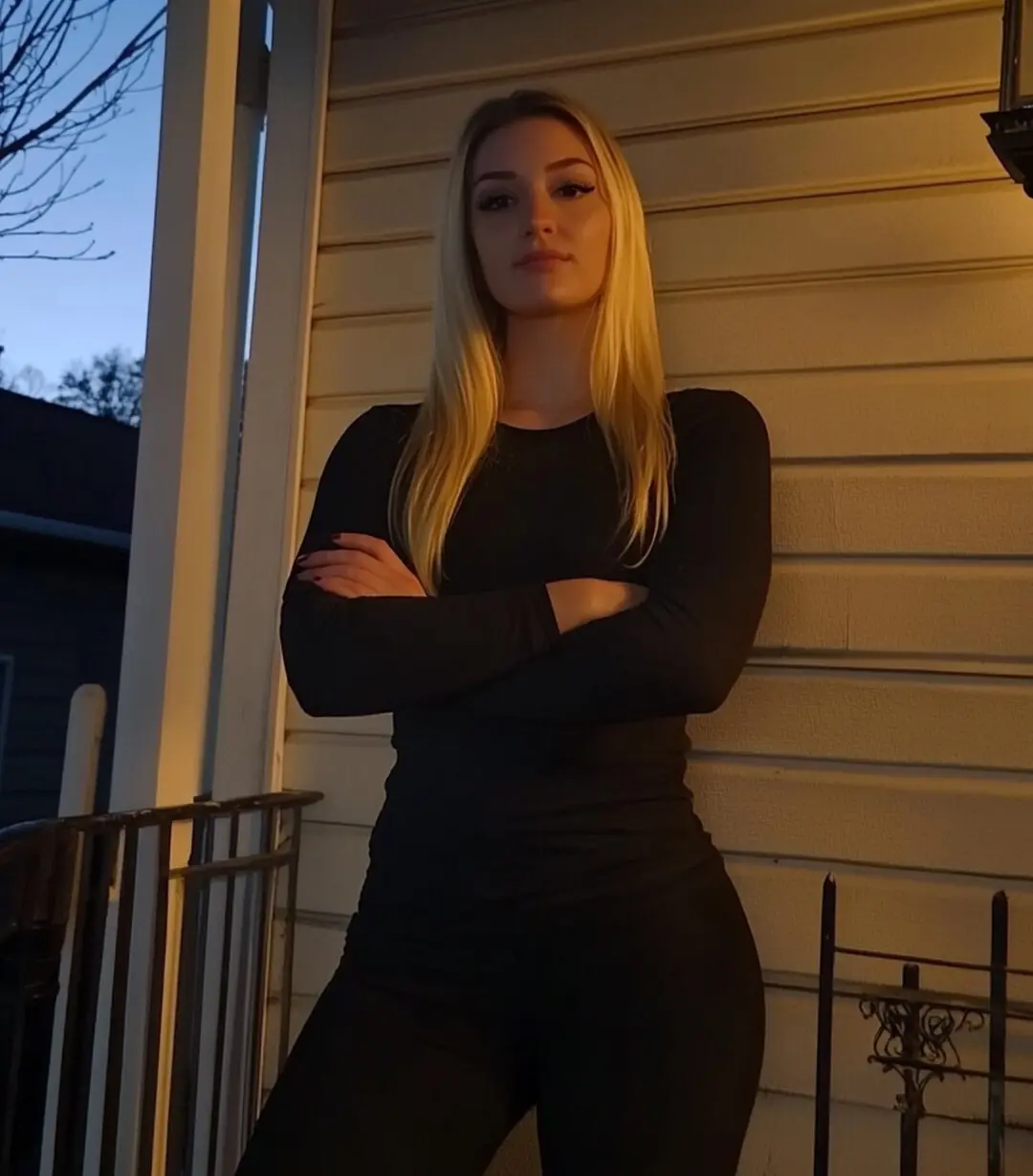
My Sister Abandoned Her Son and Vanished — Her Unexpected Return 12 Years Later Shook Our World
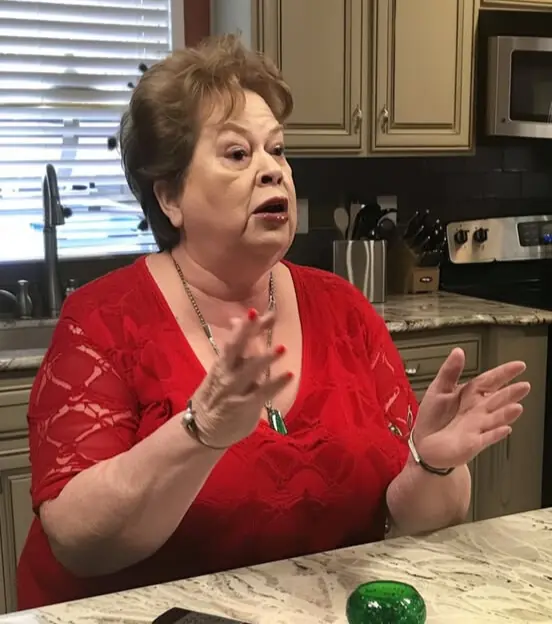
My MIL Gave Away My Late Mom's Heirloom to Her Friends — I Immediately Made Sure She'd Regret It
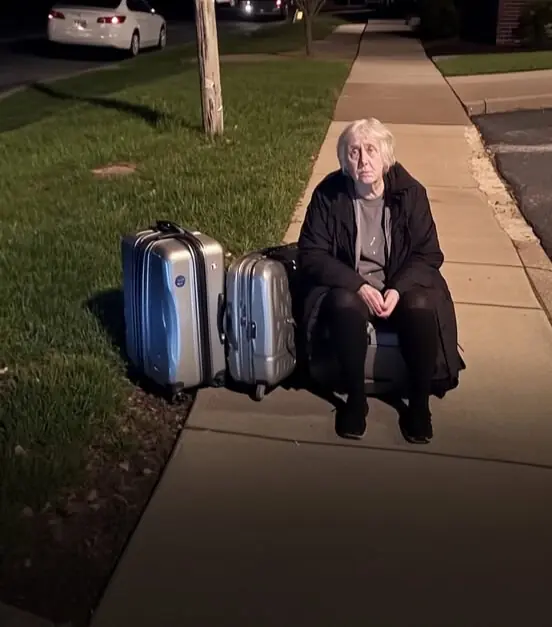
Rich Landlord Evicts Poor Old Lady from Rental Home, Goes to Family Dinner and Sees Her There
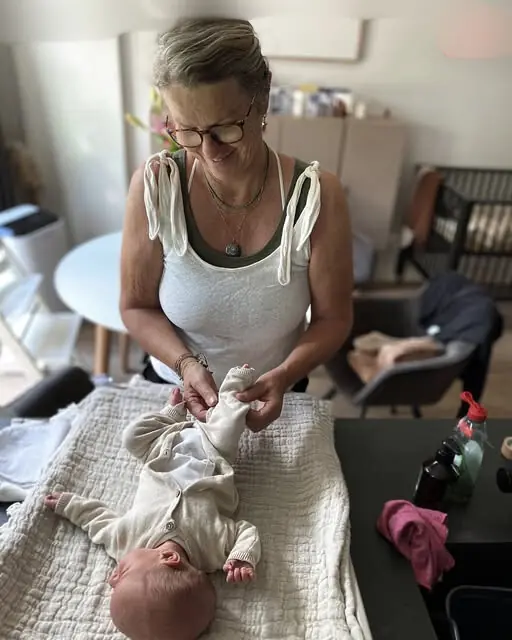
My 51-Year-Old Mother-In-Law Begged Me to Adopt Her Newborn Twins after Her Death
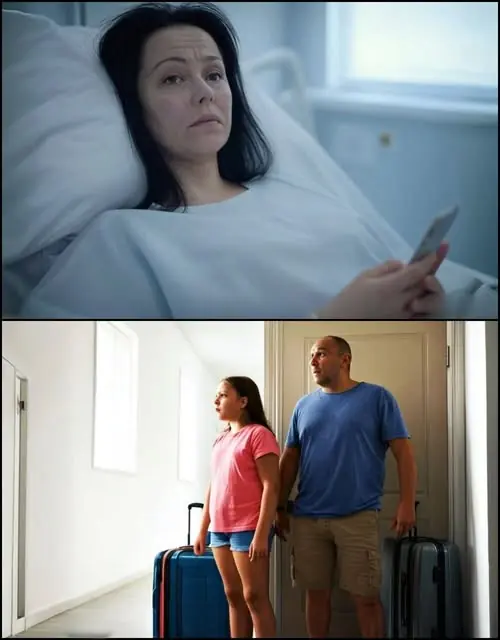
My Husband Left for the Maldives Three Days After I Had a Stroke—A Big Surprise Was Waiting for Him When He Returned

Attention, Parents! You May Want To Save Your Children’s Baby Teeth
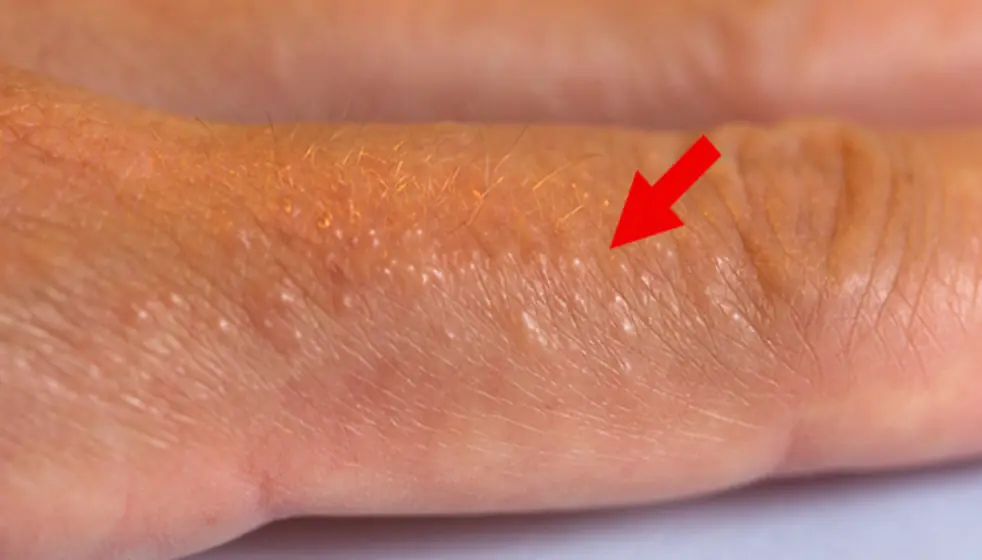
If You See These Painful Red Bumps, You May Have Dyshidrotic Eczema

10 of The Worst Foods For Arthritis
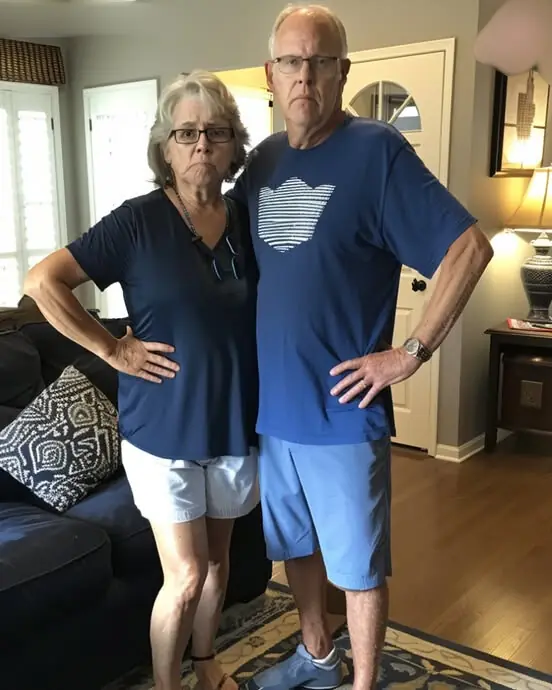
My Greedy In-Laws Tried to Get Rid of Our Sick Mom, but She Brilliantly Taught Them a Lesson

I Got Back from a Work Trip and Found My House Completely Empty

3 Eye-Opening Stories About Husbands Who Didn't Appreciate Their Devoted Wives – And the Important Lessons They Learn in the End

14 Fish You Should Consider Never Eating

40+ Weird Signs That Lead To a Cancer Diagnosis

NASA’s Mars Rover Uncovers Mysterious Spheres On The Planet’s Surface, Leaving Experts Baffled

Depressing find at the bottom of the Mariana Trench is a warning to the world
News Post

I Married a Single Mom with Two Daughters – A Week Later, the Girls Invited Me to Visit Their Dad in the Basement
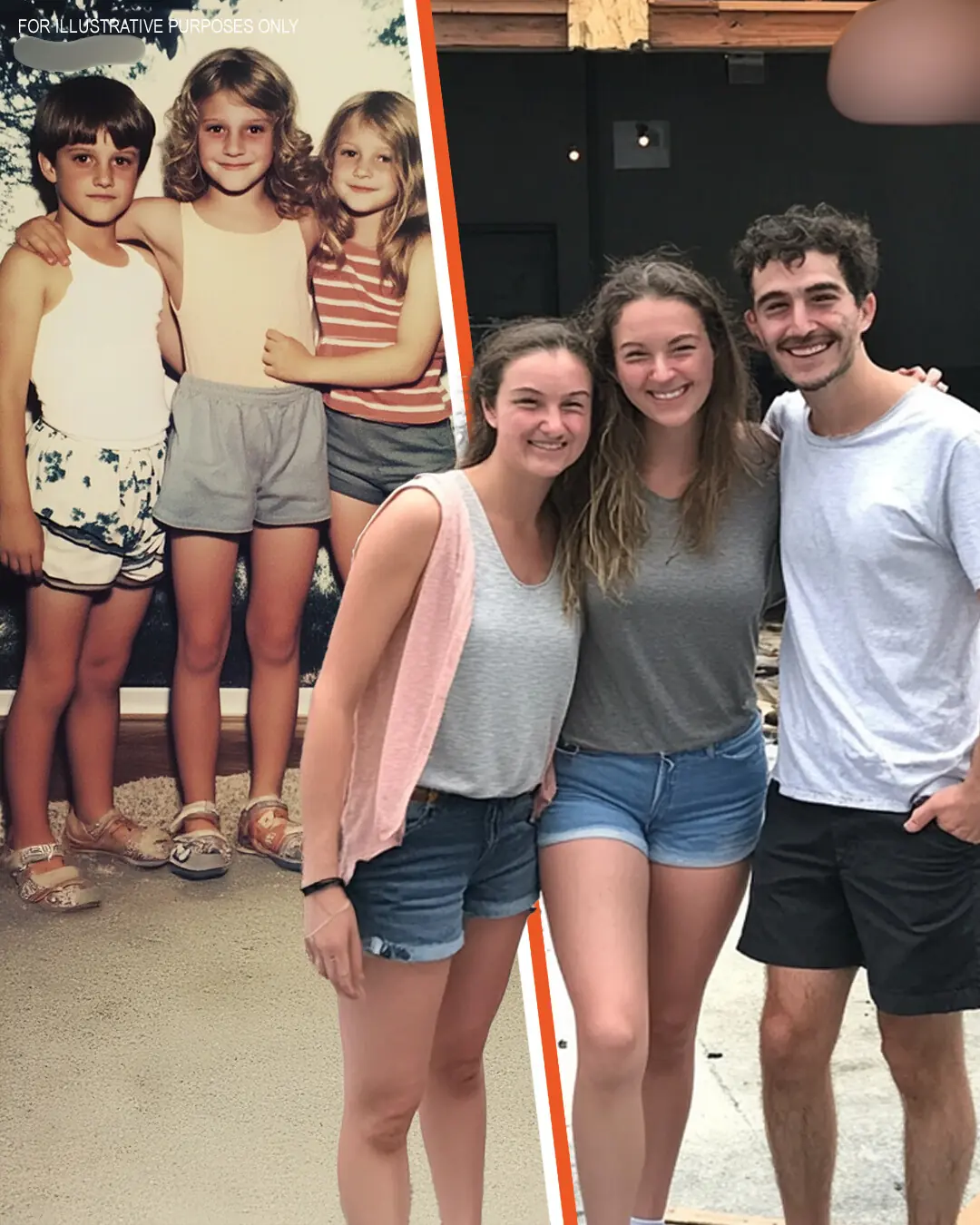
At Age 5, My Two Older Siblings and I Became Orphans but Promised Each Other to Fulfill Our Parents' Dream

My Little Son Accidentally Uncovered My Husband's Double Life—If Only I Had Known Who He Really Was

A Military Man with Burns and Amnesia Arrived at Our Hospital—When We Called His Wife, Everything Changed

My Sister Abandoned Her Son and Vanished — Her Unexpected Return 12 Years Later Shook Our World

My MIL Gave Away My Late Mom's Heirloom to Her Friends — I Immediately Made Sure She'd Regret It

Rich Landlord Evicts Poor Old Lady from Rental Home, Goes to Family Dinner and Sees Her There

My 51-Year-Old Mother-In-Law Begged Me to Adopt Her Newborn Twins after Her Death

My Husband Left for the Maldives Three Days After I Had a Stroke—A Big Surprise Was Waiting for Him When He Returned
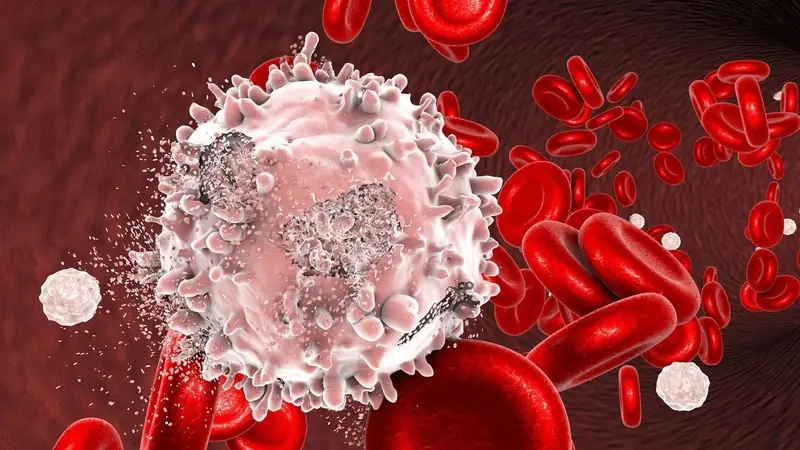
A 36-Year-Old Man's Blood Turned Milky Like Pork Fat Due to a Habit Many People Do at Least Three Times a Day
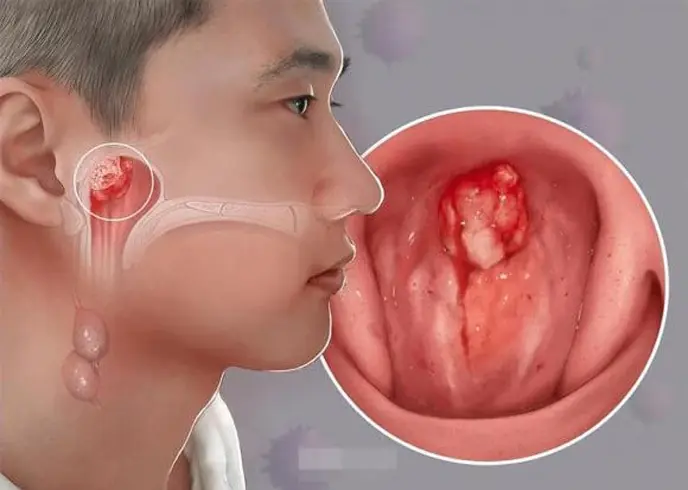
Warning: If You Notice This Sign in Your Body, Go to the Hospital Immediately or It May Be Late-Stage Nasopharyngeal Cancer

Chipotle Ranch Grilled Chicken Burrito
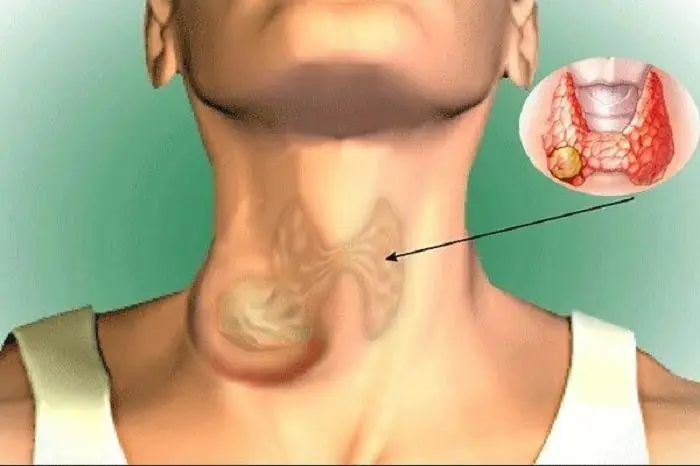
Self-Checking for Thyroid Cancer at Home with a Glass of Water: Thanks to That, I Discovered the Disease Early and It Was Easier to Treat

She Couldn’t Walk and Now Runs Like a Teenager!

🧄🌿 Kills Sore Throat and Inflammation – Cloves: Nature’s Antibiotic!

Crockpot Chicken and Noodles

🌟 Homemade Caramel Frappuccino 🥤: A Sweet, Creamy Coffee Treat You Can Make at Home!
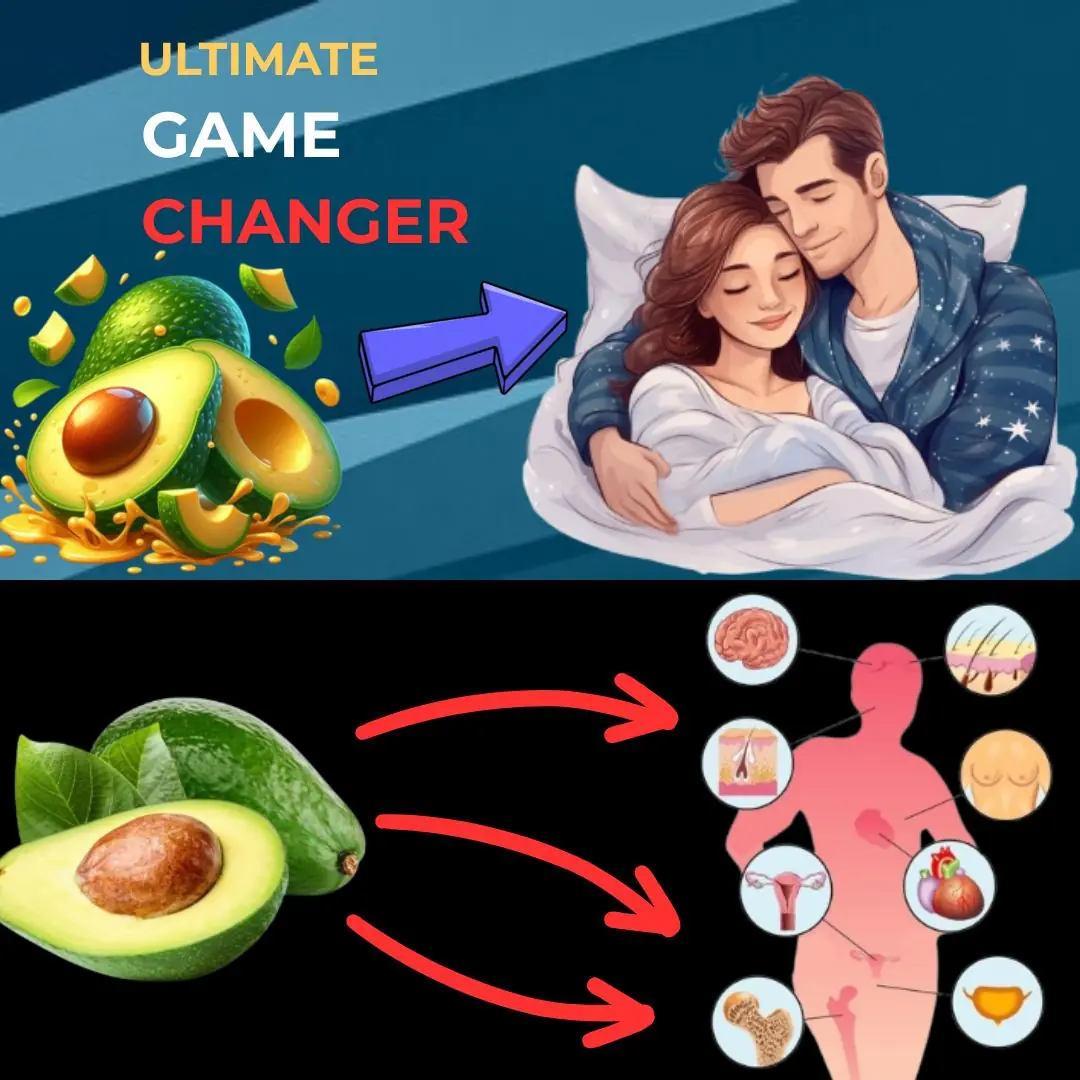
Don’t Eat Avocado Until You Know These 9 Things
